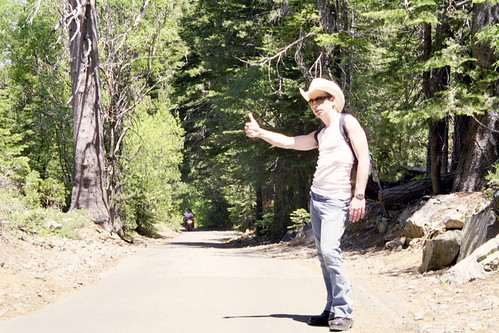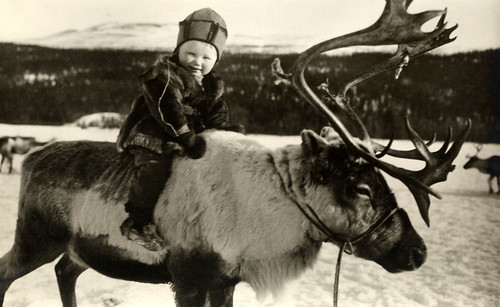
Freediving is some pretty gnarly stuff. Basically you hold your breath, swim as deep as you can, and then swim back up to the surface. Simple right? Well the best in the world go 300 feet down and come back up four minutes later. If that’s not super-human I don’t know what is.
Here is a great article that takes an in-depth look at those pushing the limits in this dangerous sport. We’re talking torn larynges (plural of larynx), blackouts, and noses exploding into a bloody mess for those lucky enough to return to the surface. It’s a great read, but I thought I would point out a couple items I found particularly interesting that otherwise may not stand out in the article.
Powerful Psychology in Play
“Competitive freediving is a safe sport. It’s all very regulated, very controlled,†says William Trubridge, a 31-year-old world-record freediver from New Zealand. “I would never do it if it wasn’t.â€
Cognitive dissonance much? Here is a closer look at the logic being applied: I wouldn’t do anything unsafe and I freedive, therefore freediving must be safe. Wow. Let me guess… he thinks of himself as a moral person so everything he does is perfectly acceptable.
Achieving Greatness
So why do you do this Mr. World Record Holder?
“To me, I don’t really have a choice,†he says in a soft voice. “There is an immortal peace confronting the underwater world on its own terms, with your breath at your breast. The ocean is just where I am meant to be.â€
The greats in any discipline will likely have a similar answer. They were made for it and can’t imagine life without it. Since it isn’t really a choice for them, the risks and endless devotion aren’t viewed in the same way everyone else sees them.
Photo: Gavin Goodhart










